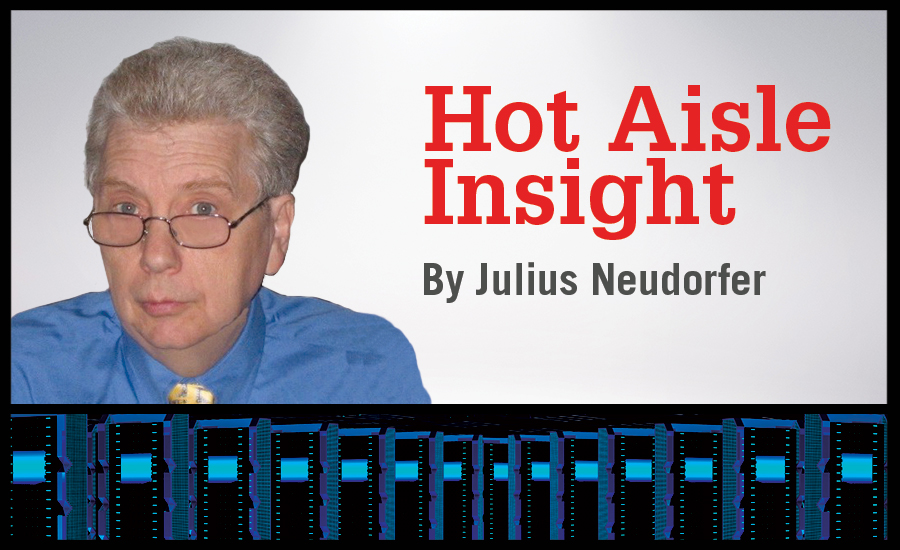ASHRAE is getting ready to finalize its third edition of TC 9.9. In advance of the release expected later this year, it has just published a 45-page whitepaper entitled “2011 Thermal Guidelines for Data Processing Environments– Expanded Data Center Classes and Usage Guidance” which is now publicly available from ASHRAE. <p>
In an unusual turn of events, the ASHARE TC 9.9 committee announced that it has decided to disclose some of the key elements of the upcoming third edition now, rather than when it is finalized. <p>“This whitepaper is truly ground-breaking in that it achieves alignment between representatives of the major IT equipment manufacturers on wider environmental tolerances for IT equipment while providing guidance and a methodology for owners and operators to optimize the operating environment of their datacenter based on the criteria most important to their business needs,” Don Beaty, chair of the Publications Subcommittee for TC 9.9, said. “In order to most quickly meet the current demands of the industry, we are using a two-step approach to introduce this important information sooner rather than later. The information in this whitepaper will be incorporated into the third edition of the Thermal Guidelines publication”. <p>
According to an ASHRAE press release, it would seem that the recent and growing trend to increase energy efficiency by utilizing air side economizers by some high-profile internet search and social media is being recognized and will be adopted in the new guidelines: <p>
A roadmap has been outlined to facilitate a significant increase in the operational hours during which economizer systems are able to be used, and to increase the opportunity for datacenters to become “chillerless,” eliminating mechanical cooling systems entirely, in order to realize improved Power Usage Effectiveness (PUE). The Green Grid created the popular PUE metric that is widely used to compare the total power to the IT power.<p>
The major change that is introduced in the whitepaper is the addition of two new data center classes. The classes have been added primarily for facilities that are willing to explore the tradeoffs associated with the additional energy saving of the cooling system through increased economizer usage and what that means in terms of the impact to IT Equipment attributes such as reliability, internal energy, cost, performance, contamination, etc. <p>
Recent announcements about their newest most efficient data centers from organizations such as Facebook, Yahoo and Google have made headlines. However, more traditional data centers operators have voiced their concerns about IT equipment reliability issues from very broad and higher temperatures ranges that these site that operate at by using little or no compressor-based cooling. <p>
To address this, the whitepaper also includes an “IT Equipment Reliability Data Chart”. This chart purports to allow the data center operators to do their own failure rate projections. This chart is based on the expected temperatures ranges for various data center locales. Moreover, while the “A” in ASHRAE is American, the whitepaper covers not just the major geographic areas in the United States; it also covers South American, Europe and Asia. In addition there is also a section addressing “Server Reliability vs Moisture, Contamination and Other Temperature Effects”<p>
Class 1 and 2 equipment as defined in the 2008 edition have been renamed as A1 and A2 and there are also 2 new classes; A3 and A4. <p>
• ASHRAE Class A3 expands the temperature range to 41 to 104°F (5 to 40°C) while also expanding the moisture range from 8% to 85 % relative humidity.
• ASHRAE Class A4 expands the allowable temperature and moisture range even further than A3. The temperature range is expanded to 41 to 113°F (5 to 45°C) while the moisture range extends from 8% to 90 % % relative humidity. <p>
If you have not been in a high performance data center lately, it is very LOUD and it may get worse. As temperatures and power densities rise, so do fan speeds. These issues are also being addressed to a greater degree. This whitepaper also addressed some health and safety issues faced by those who work in the data center. This is mentioned in the section called “Acoustical Noise Levels in the Data Center vs Ambient Temperature”. <p>
Those who are uncomfortable with the possibility of running a data center at 110°F and 90% humidity might like that the “recommended” temperature range for A1 Class IT equipment specified in the 2008 edition is unchanged at 64.4 to 80.6 degrees F (18 to 27 C).










